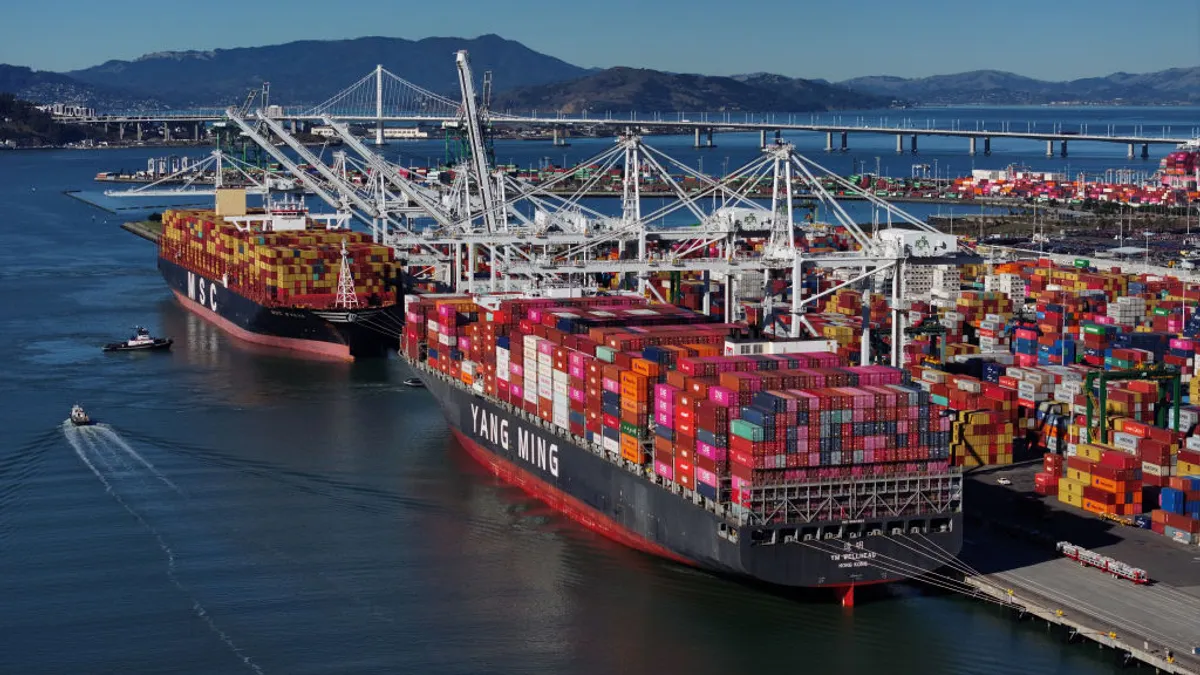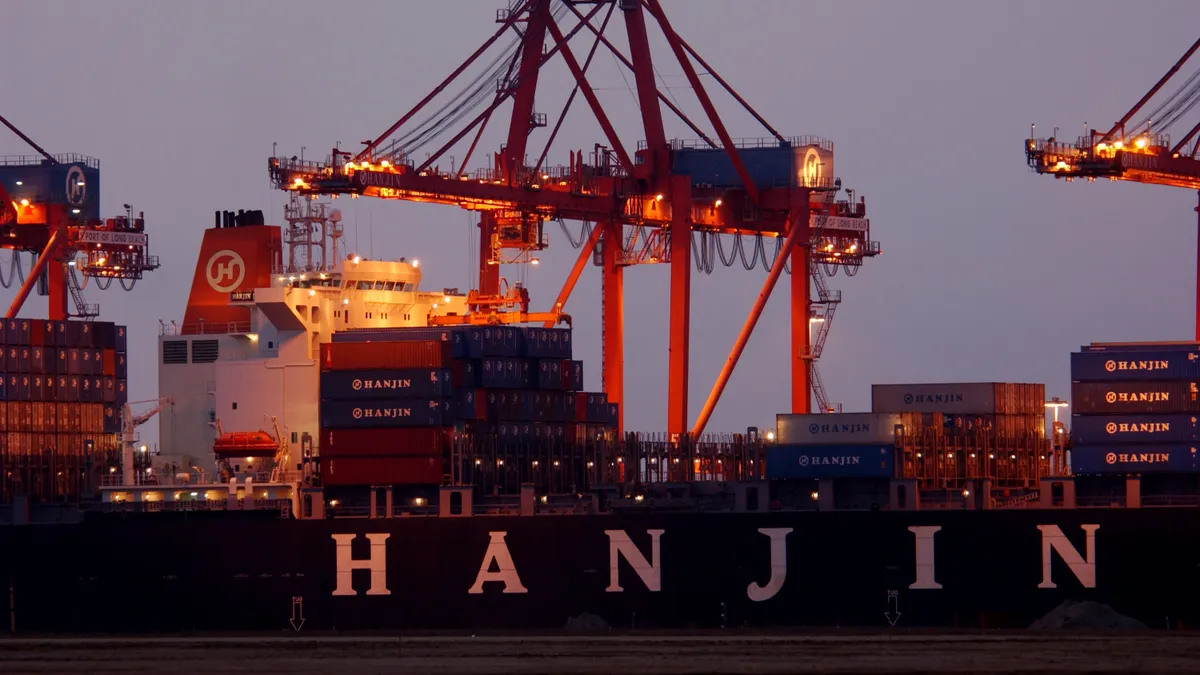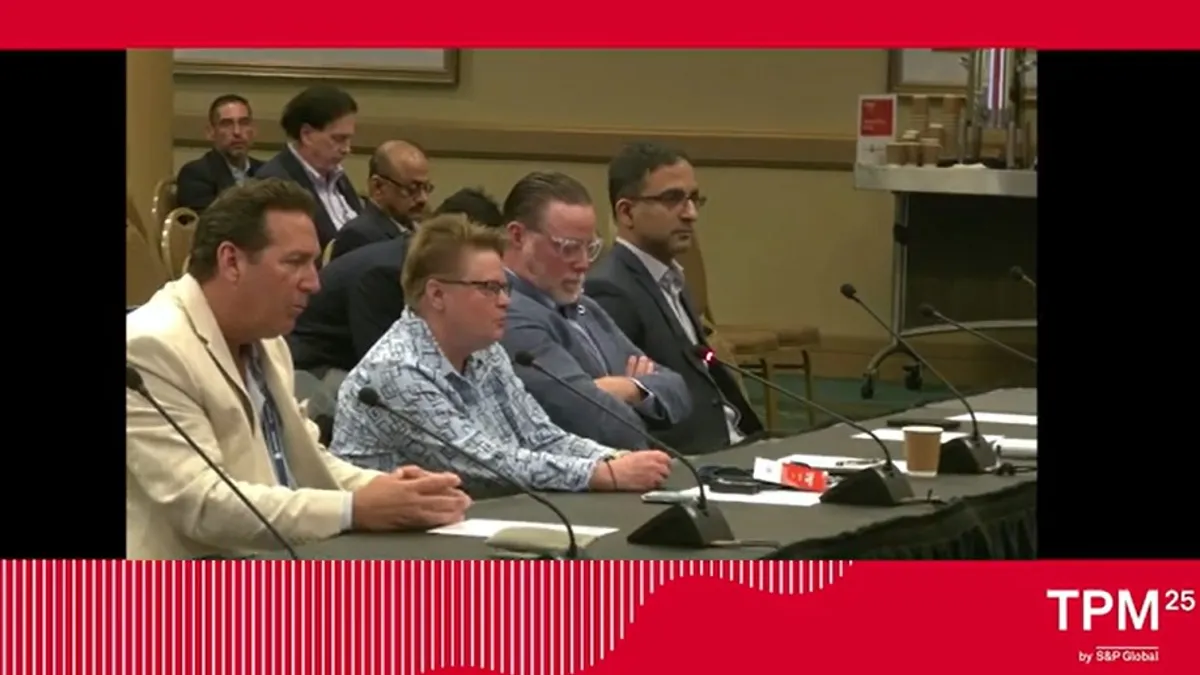This is Patent Pending. Supply-chain-related patent applications are published every day and this is where we'll talk about the ones that could have the biggest impact on the supply chain and the ones that challenge the norm. We want to give you an idea of where supply chains are heading and what the industry is thinking. Read the previous issue here.
It made it ... and just in time, too

Just-in-time inventory management has been getting a lot of attention lately. The practice means that retailers or manufacturers hold just the inventory they need and get replenishments when inventory is expected to reach a low point. JIT also leaves companies with little safety stock, which is why some blame it for shortages that companies have seen over the last year.
But some retailers have suggested that the benefits of JIT are too good to leave behind. And in a patent application published last month, Walmart outlined a system for automating its JIT replenishment process.
"There is a need to more efficiently and effectively manage inventory replenishment in a retail store so as to provide an automatic, quick, and accurate product transition for different processes of inventory replenishment and to assure that shelves of the retail store are timely and regularly stocked with a suitable number of products based upon an anticipated demand," the patent reads.
Walmart's idea starts with the analysis of historical sales data to understand the patterns and trends for individual products. This "sales data engine" will provide a time for each product to be replenished based on the analysis and how much of the product should be restocked. This is fairly typical forecasting, but Walmart's idea takes inventory a step further with how it imagines handling inventory once it arrives on a truck.
The entire system consists of a product unloading scanner, a conveyor, an unmanned ground vehicle, a queue area, a dispensing area, a database and network. The idea: A fully automated system for moving products from a delivery vehicle to the sales floor as needed.
The vehicle's arrival would be sensed by a geo-fence around the delivery area to notify the inventory system. This notification will pick up information on the delivery including variables like the products, their priority and even if the product is frozen or not. The system will assign the truck to a loading dock and tell an autonomous conveyor and unmanned ground vehicle to be stationed there to meet it.
From here, the entire process would be handled by robots. The bots' "assigned tasks may include moving products from the delivery vehicles and sending the products to the sales floor, and putting the products on shelves," according to the patent. When the products are offloaded they will be scanned and this data will be shared with the inventory replenishment system to verify the order.
The system would organize the delivery in a staging area based on the priority of the products. An automated picking system would then move products from the staging area to the retail floor.
But the retailers do envision this also being helpful to human workers. "The JIT replenishment management system can also comprise a notification module configured to provide a notification of a low level inventory of products, for example, messaging to a mobile device (e.g., a smartphone) carried by a store associate," the patent reads.
Read up:
Your shipment? Oh, it's probably here

In recent years, sensors and other IoT technologies have greatly improved freight visibility. But this often relies on a network or GPS connection that might not always be available, as FourKites pointed out in a patent application published last month.
FourKites' entire pitch is real-time supply chain visibility, so filling these holes are an important part of achieving that from origin to destination.
The idea outlined by FourKites is a system that would kick in when freight moves through "constrained" environments. And it would use various variables such as the carrier, the type of freight, historical data on freight lanes, location in the world and other information to make predictions about where the cargo is probably located.
The predictions could even take local regulations into account for determining likely shipment routes. It can look at the shipment vehicle and see where the movement of that type of vehicle could be limited.
"Based on some or all of this information above (and/or any other relevant information), the processing engine may identify a most-probable route that the carrier with the load will travel and/or a ranked list of possible routes that the carrier of the lead will travel," the patent reads.
The predicted visibility information could also include insight into where the shipment could run into traffic or where a driver might take a break. And all of this information could be sent to a shipper via a webpage, application or API, according to the patent.






















